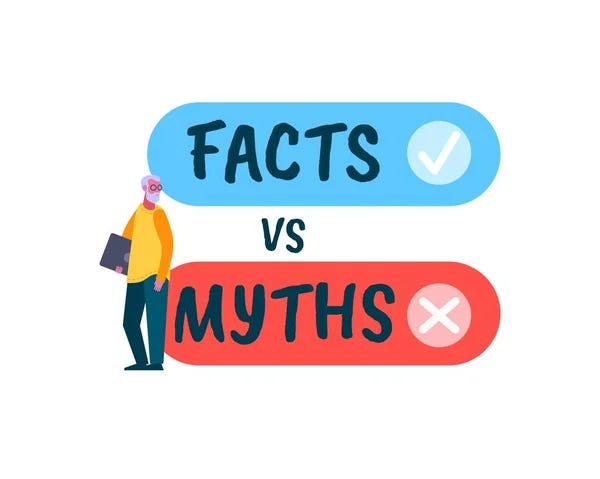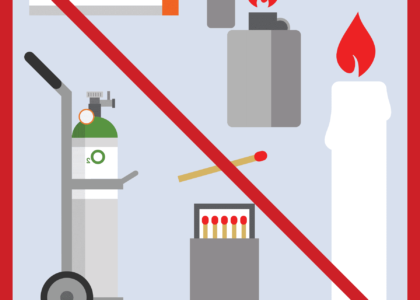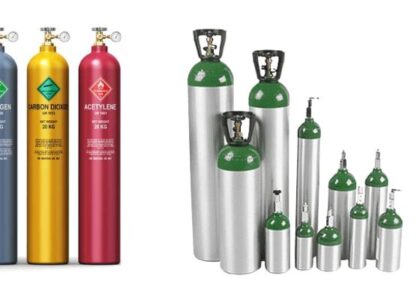Common Myths and Facts About Using Oxygen at Home
When it comes to oxygen therapy at home, many people have fears or misconceptions that prevent them from using it confidently or safely. While oxygen support can be life-saving for individuals with respiratory conditions, confusion around its use often leads to hesitation or misuse. In this article, we’re busting the most common myths about using oxygen at home and replacing them with the facts you need to know.
Myth 1: Only Very Sick People Need Oxygen
Reality:
Oxygen therapy isn’t just for patients in the ICU or those on their deathbed. Many people with chronic conditions like COPD (Chronic Obstructive Pulmonary Disease), asthma, or post-COVID complications are prescribed oxygen to support daily living. Even those with moderate breathing problems can benefit from supplemental oxygen to maintain healthy blood oxygen levels.
Myth 2: Oxygen is Addictive
Reality:
Oxygen is not a drug in the way narcotics or painkillers are. It doesn’t create dependency or addiction. If your doctor has prescribed oxygen therapy, it’s because your body isn’t getting enough oxygen on its own. Once your lungs improve or heal, you may no longer need it. The therapy is based on your body’s current condition—not habit.
Myth 3: You’ll Be Stuck at Home
Reality:
Gone are the days when oxygen therapy meant being tied to a giant tank in your living room. Portable oxygen concentrators and lightweight cylinders make it easy to move around and even travel. Patients can maintain an active lifestyle with the right equipment.
Myth 4: Oxygen Tanks Can Explode Easily
Reality:
While oxygen supports combustion, it does not explode on its own. When stored and handled correctly, oxygen cylinders are very safe. The key is to keep them away from flames, heat sources, and not to smoke near them. Following simple safety guidelines can eliminate the risk.
Myth 5: Oxygen Therapy Means You’re Dying
Reality:
This is one of the most damaging myths. Being on oxygen does not mean you’re at the end of life. Many patients use oxygen for short-term recovery, such as after surgery, infection, or an illness like pneumonia. It’s a tool for healing, not a signal of giving up.
Myth 6: You’ll Become Too Dependent on Oxygen
Reality:
Oxygen therapy is tailored to your medical condition and oxygen saturation levels. If your lungs start functioning better, your doctor will reduce the dosage or discontinue the therapy. Oxygen use doesn’t weaken your lungs or make them “lazy.”
Myth 7: Home Oxygen Is Too Complicated to Use
Reality:
Modern oxygen delivery systems are designed with simplicity in mind. With basic instruction, most patients and caregivers learn to operate them easily. Concentrators, flow meters, and masks or cannulas are user-friendly, and many providers offer 24/7 support.
Myth 8: You Can Adjust the Flow Rate on Your Own
Reality:
Oxygen therapy should be used exactly as prescribed. Increasing or decreasing flow without medical advice can be harmful. Too much oxygen can lead to CO2 buildup, and too little may not meet your body’s needs. Always follow your doctor’s instructions.
Myth 9: All Oxygen Cylinders Are the Same
Reality:
There’s a big difference between medical oxygen and industrial oxygen. Only medical-grade oxygen is safe for breathing and undergoes strict quality checks. Never use industrial cylinders at home for personal therapy—they can be dangerous.
Myth 10: You Don’t Need Oxygen If You Feel Fine
Reality:
Low oxygen levels (hypoxia) often go unnoticed. Some patients may not feel breathless, but their oxygen saturation may still be dangerously low. A pulse oximeter helps detect this. That’s why some people are prescribed oxygen even when they don’t “feel” short of breath.
Myth 11: Oxygen Therapy Will Cure Lung Disease
Reality:
Oxygen therapy helps manage symptoms; it doesn’t cure underlying conditions. It supports oxygenation but doesn’t repair damaged lung tissue. However, it improves quality of life and helps prevent complications from low oxygen levels.
Myth 12: It’s Too Expensive for Long-Term Use
Reality:
While costs can vary, there are many affordable oxygen concentrators, rental options, and government-supported schemes to help patients. The long-term health benefits outweigh the expense, and oxygen suppliers often provide guidance for cost-effective options.
Myth 13: You Can Share Your Oxygen Cylinder with Others
Reality:
This is extremely unsafe. Each person’s oxygen requirement is different, and using someone else’s equipment can spread infection or lead to incorrect dosing. Always use your own prescribed system.
Conclusion
Understanding oxygen therapy is crucial, especially when it becomes a part of daily life. The myths surrounding home oxygen use can create unnecessary fear and prevent people from receiving proper care. By clearing these misconceptions, we hope to encourage more informed, confident use of home oxygen therapy.
Whether you or a loved one has been prescribed oxygen, knowing the truth helps make the experience safer, more comfortable, and more effective. Remember: oxygen is a life-sustaining therapy—not something to fear.





